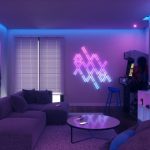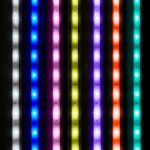Discover the Width of LED Light Strips: A Comprehensive Guide

Lighting is an essential aspect of any space, be it a residential, commercial, or industrial setting. With the advancements in technology, LED light strips have become a popular lighting solution. LED light strips are not only energy-efficient but also offer a wide range of color options, making them a versatile lighting solution for any setting. However, with so many options available in the market, it can be overwhelming to choose the right LED light strips for your needs. This comprehensive guide aims to provide you with all the necessary information you need to discover the width of LED light strips and make an informed decision. In this guide, we will discuss the various factors to consider when choosing the width of LED light strips, such as the size of the space, the purpose of the lighting, and the placement of the light strips. We will also explore the different types of LED light strips available in the market, their features, and the advantages and disadvantages of each type. Additionally, we will provide tips on how to install LED light strips and how to maintain them to ensure they last for a long time. By the end of the guide, you will have a better understanding of the width of LED light strips and be able to choose the right one for your needs.
LED light strips are a versatile and energy-efficient lighting solution that has been gaining popularity in recent years. These strips consist of multiple small LED lights that are placed close together on a flexible circuit board. LED light strips are available in a wide range of colors, brightness levels, and lengths, making them suitable for a variety of applications. They can be cut to size and easily installed, making them ideal for use in both residential and commercial settings. LED light strips are also highly durable and have a long lifespan, making them a cost-effective lighting option in the long run. Whether it’s for accent lighting, task lighting, or decorative purposes, LED light strips offer an innovative and stylish way to light up any space.
Understanding the width of LED light strips is crucial as it determines the amount of light emitted and the area it can cover. The width of the LED strip plays an important role in the distribution of light evenly across the surface, affecting the overall brightness and appearance of the space. Choosing the right width ensures that the LED strip fits perfectly in the desired location, avoiding any gaps or overlaps. Additionally, different widths are suitable for various applications, such as under-cabinet lighting or accent lighting. Therefore, understanding the width of LED light strips is vital to achieve the desired lighting effect and create a comfortable and visually appealing environment.
What is the width of LED light strips?
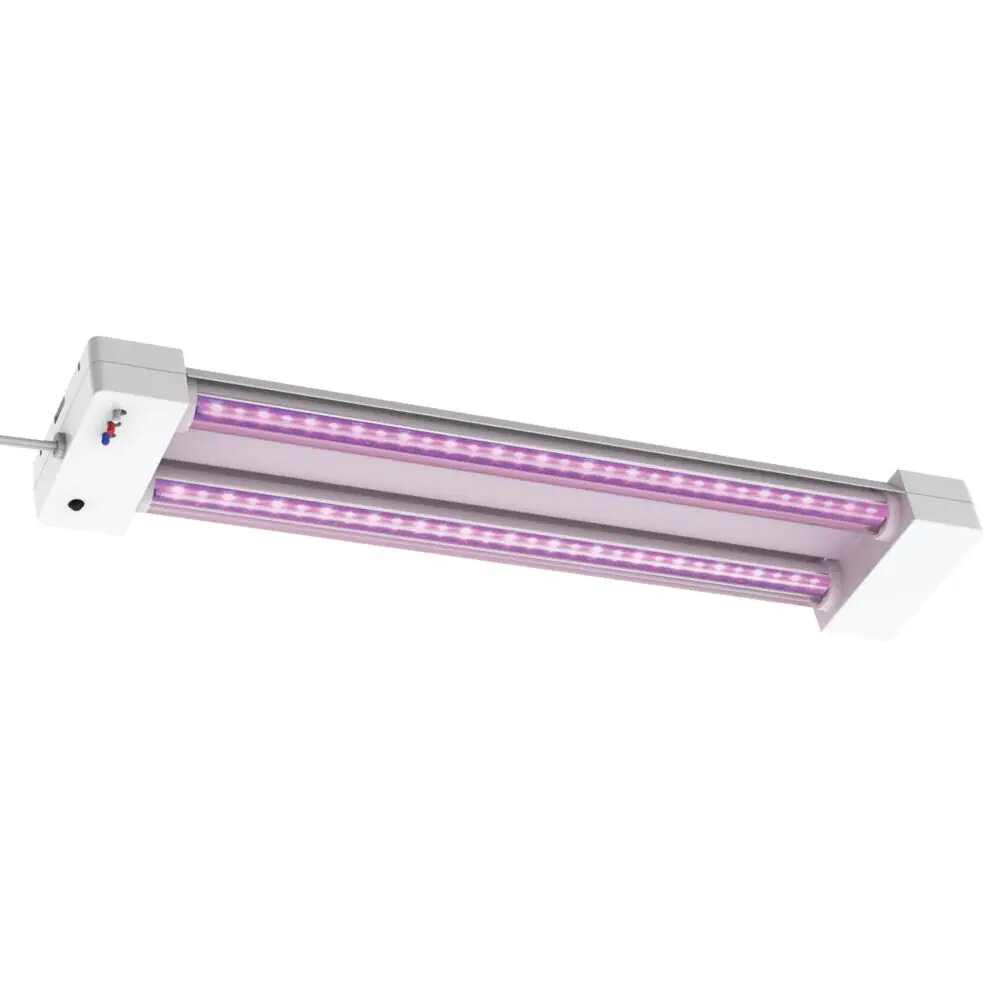
LED light strips are an innovative and versatile lighting solution that offers a wide range of applications. These strips are available in different lengths, colors, and styles, making them suitable for both residential and commercial use. One of the critical features of LED light strips is their width, which determines the intensity and brightness of the light emitted. The width of LED light strips varies from 2mm to 20mm, depending on the model and manufacturer. Narrower LED light strips are ideal for delicate and intricate installations, while wider strips are perfect for large areas that require more illumination. The width of LED light strips also affects their flexibility and durability. Thin LED light strips are more flexible and can be bent around tight corners and curves without breaking. They are also easier to install and conceal, making them a popular choice for decorative lighting. On the other hand, wider LED light strips are more rigid and less flexible, making them more suitable for industrial and commercial applications. They are also more robust and durable, making them ideal for outdoor lighting and harsh environments. Overall, the width of LED light strips plays a crucial role in determining their functionality, performance, and aesthetics, making it essential to choose the right size for your lighting needs.
The width of LED light strips is a crucial factor to consider when deciding on the appropriate lighting solution for your space. It refers to the physical dimensions of the strip, specifically its diameter or thickness. LED light strips come in a range of widths, from as narrow as 5mm to as wide as 20mm or more. The width of a strip determines its flexibility, brightness, and durability. A narrower strip is more flexible and easier to install in tight spaces, while a wider strip can emit more light and withstand more wear and tear. It’s essential to select the right width for your LED light strip based on your desired lighting effects, installation requirements, and budget.
When it comes to measuring the width of LED light strips, there are a few commonly used units of measurement. The most popular unit is millimeters (mm), which is often used in the manufacturing and design of LED light strips. However, some manufacturers may also use inches (in) or centimeters (cm) to measure the width of their products. It’s important to note that the width of an LED light strip can also vary depending on the design and application of the product. Some LED light strips may be wider than others, which can affect the amount of light output and the overall aesthetic of the product. When selecting an LED light strip, it’s important to consider the width of the product in relation to your specific lighting needs and preferences.
Different widths of LED light strips

When it comes to LED light strips, varying widths can offer different benefits depending on the intended use. Narrow LED light strips, typically around 5mm or less, provide a more discreet and subtle lighting effect. These strips are ideal for accent lighting, such as under cabinet lighting in a kitchen, or to highlight certain features of a space. They can also be used for backlighting or to create a soft glow in a room. Narrow strips are easy to install and can be cut to size to fit any space. On the other hand, wider LED light strips, usually around 10mm or more, provide brighter and more intense lighting. They are perfect for task lighting, such as illuminating a workbench or workspace, or for providing general lighting in a room. Wide strips can also be used for outdoor lighting, such as illuminating a pathway or garden. While wider strips may be more difficult to install, they can cover larger areas and provide a more dramatic effect. Ultimately, the choice of LED light strip width will depend on the desired lighting effect and the space in which it will be used.
When it comes to LED light strips, the market offers a range of widths to choose from. The most common widths available are 8mm, 10mm, and 12mm. The 8mm width is ideal for small-scale projects and is commonly used in tight spaces such as cabinets or bookshelves. For larger applications, the 10mm width is a popular choice. It provides a good balance between brightness and flexibility and is often used for accent lighting, cove lighting, and under cabinet lighting. The 12mm width, on the other hand, is the thickest and most durable option available. It is commonly used for outdoor lighting or in areas where the light strips will be subject to wear and tear. Ultimately, the choice of width will depend on the specific application and the desired level of brightness and flexibility.
When it comes to LED light strips, different widths offer a range of advantages and disadvantages. A wider strip can provide more brightness and a wider range of colors, making it ideal for larger spaces or for creating a bold statement. However, a wider strip may also be more difficult to install in tight spaces and may require more power to operate. On the other hand, a narrower strip can be easier to install and use less power, but may not provide the same level of brightness and color options. Ultimately, the choice of width will depend on the intended use and the specific needs of each individual project.
Factors to consider when choosing the width of LED light strips
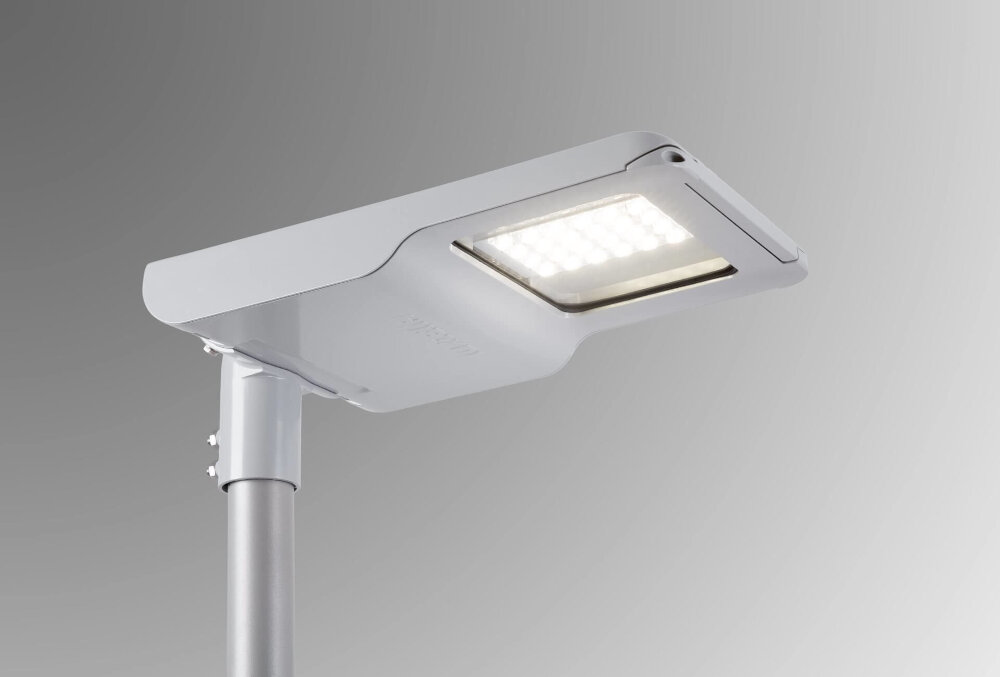
Choosing the width of LED light strips is a crucial aspect of lighting design. Several factors need to be considered when choosing the appropriate width of LED light strips. One factor to consider is the location of the lighting. For instance, if you are installing lighting fixtures in a small space, it is advisable to use narrow LED light strips. Narrow LED light strips are ideal for small spaces because they provide a subtle and unobtrusive light that doesn’t overwhelm the space. On the other hand, if you are installing lighting fixtures in a larger space, wider LED light strips are more appropriate. Wider LED light strips provide a broader and more intense light that can illuminate a larger area. Another factor to consider when choosing the width of LED light strips is the intended use of the lighting. If you are installing lighting fixtures for ambient lighting purposes, it is advisable to use narrow LED light strips. Narrow LED light strips provide soft and subtle lighting, which is ideal for creating a relaxing and comfortable atmosphere. However, if you are installing lighting fixtures for task lighting purposes, wider LED light strips are more appropriate. Wider LED light strips provide brighter and more intense light, which is ideal for illuminating specific areas and providing adequate light for tasks such as reading and working. Ultimately, the width of LED light strips you choose will depend on several factors such as location, intended use, and personal preferences.
LED light strips have numerous applications due to their flexibility, energy efficiency, and easy installation. One of the most popular uses of LED light strips is in interior design. They can be used to highlight architectural features, create mood lighting, or accentuate artwork. LED light strips are also commonly used in the automotive industry to enhance the look of a car’s interior or exterior. Additionally, LED light strips are often used in commercial settings such as restaurants, bars, and clubs to create a lively and inviting atmosphere. They are also increasingly being used in outdoor settings such as gardens and patios, as they are weather-resistant and can withstand harsh environmental conditions.
The size of the space is an important consideration when choosing the appropriate LED light strips. The width of the strips can vary, with options ranging from 8mm to 20mm. For smaller spaces, such as bookshelves or cabinets, a narrower strip may be more appropriate to provide subtle accent lighting. However, for larger areas such as living rooms or commercial spaces, a wider strip may be necessary to provide sufficient illumination. It is also important to consider the length of the strip needed to cover the entire space, as well as any bends or corners that may require additional connectors or extensions. Ultimately, the size of the space plays a crucial role in determining the appropriate width and length of LED light strips needed to achieve the desired lighting effect.
When it comes to installing LED light strips, there are three main types of installation methods to choose from. The first is surface mounting, which involves attaching the strip directly onto a flat surface using adhesive tape or clips. The second type of installation is recessed mounting, where the strip is mounted inside a channel or groove, creating a flush finish. Lastly, there is suspended mounting, where the strip is hung from a ceiling or other structure using wires or cables. Each type of installation has its own unique advantages and disadvantages, and the choice ultimately depends on the specific lighting needs and aesthetic preferences of the user.
How to determine the right width of LED light strips for your project
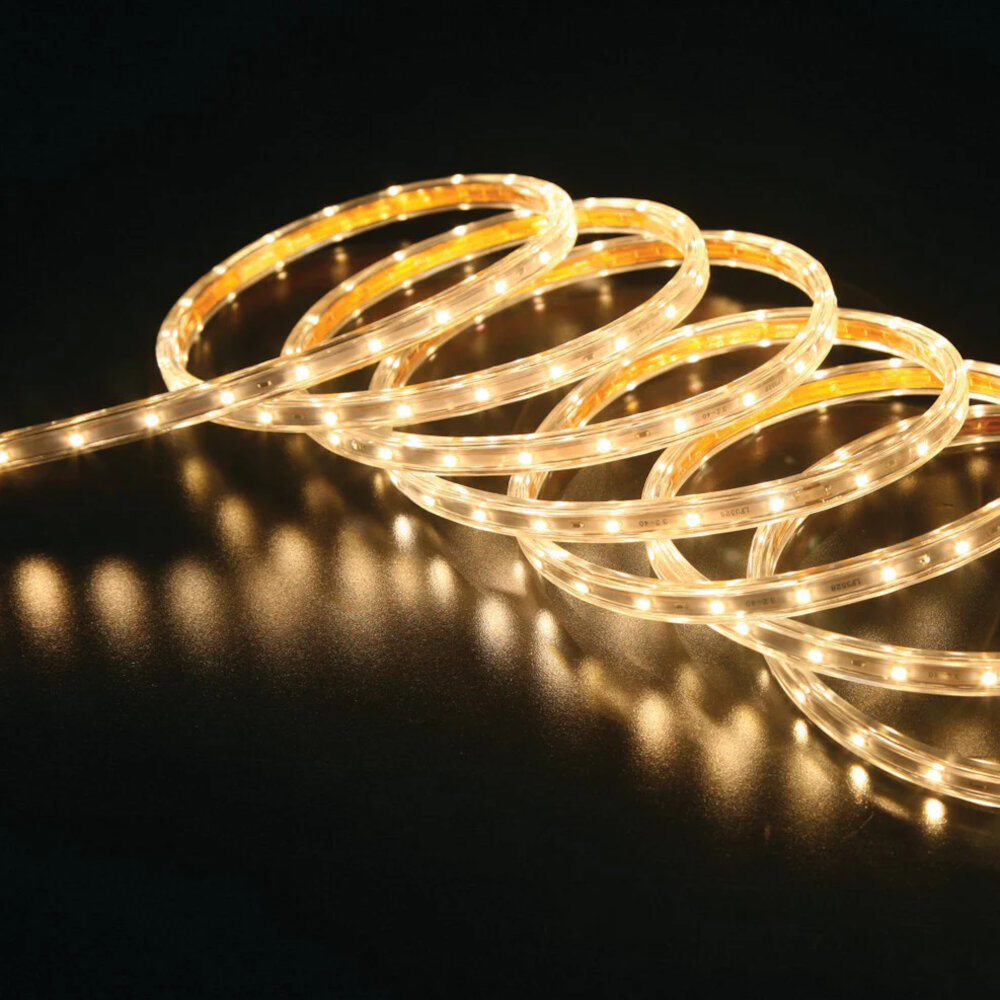
When it comes to choosing the right width of LED light strips for your project, there are several factors to consider. The first thing to consider is the size of the area you want to light up. If you have a small space, such as a bookshelf or cabinet, you may only need a narrow LED light strip that is around 5mm to 8mm in width. However, if you’re lighting up a larger area, such as a room or outdoor space, you’ll need a wider LED light strip that ranges from 10mm to 20mm in width. Another factor to consider is the brightness of the LED light strips. If you want a bright and illuminating effect, you’ll need a wider LED light strip with more LEDs per meter. For example, a 10mm-wide LED light strip with 60 LEDs per meter will be brighter than a 5mm-wide LED light strip with 30 LEDs per meter. Additionally, you’ll need to consider the color temperature of the LED light strip to ensure it matches the ambiance you want to create. With these factors in mind, you’ll be able to determine the right width of LED light strips for your project. In conclusion, choosing the right width of LED light strips for your project is crucial to achieving the desired lighting effect. By taking into account the size of the area you want to light up, the brightness of the LEDs, and the color temperature, you’ll be able to select the perfect LED light strip for your needs. Remember to also consider other factors such as the adhesive backing, waterproofing, and overall quality of the LED light strip to ensure you get the best results. With the right LED light strip, you can transform any space and create a stunning lighting display.
When it comes to choosing the right width of LED light strips, there are a few key steps to follow in order to ensure that you make the best decision for your needs. Firstly, consider the space where the LED strip will be installed and determine the appropriate length needed. From there, think about the desired level of brightness and how many LEDs per meter you will need to achieve this. It’s also important to consider the type of LED chip used in the strip, as this can affect both brightness and color temperature. Lastly, consider any additional features you may want, such as waterproofing or the ability to change colors, and choose a width that accommodates these needs. By taking these steps into account, you can confidently choose the right width of LED light strips for your specific application.
When it comes to making an informed decision about LED light strips, there are a few key tips to keep in mind. First and foremost, it’s important to do your research and learn as much as you can about the different types of LED light strips available, as well as the various features and characteristics that distinguish them from one another. Additionally, it’s important to consider your own specific needs and preferences, such as the size and layout of the space you’re planning to use the LED light strips in, as well as any particular aesthetic or functional requirements you may have. Finally, it can be helpful to consult with experts or experienced users in order to get a better sense of the pros and cons of different LED light strip options, as well as any tips or tricks for maximizing their performance and lifespan. By keeping these tips in mind, you can make an informed decision that will help you get the most out of your LED light strips for years to come.
In conclusion, understanding the width of LED light strips is crucial for choosing the appropriate lighting solution for any space. The width of LED light strips determines the amount of light emitted, the flexibility of the strip, and the application it can be used for. A wider strip will produce more light and is ideal for large spaces, while a narrower strip is perfect for accent lighting and tight spaces. It is also important to consider the compatibility of the strip with the power source and controller to ensure proper functioning. By taking into account the width of LED light strips, one can create an ambiance that is both functional and aesthetically pleasing.
In conclusion, LED light strips have become a popular choice for illuminating various spaces due to their energy efficiency, versatility, and ease of installation. When choosing LED light strips, it is important to consider factors such as color temperature, brightness, and waterproofing. Additionally, the width of the LED light strips can greatly impact the overall lighting effect and should be carefully selected based on the intended use. For a more uniform and diffused lighting effect, wider LED light strips are recommended. However, for more targeted and accent lighting, narrower strips may be a better choice. Overall, LED light strips provide endless possibilities for creative lighting designs and can greatly enhance any space.
Conclusion
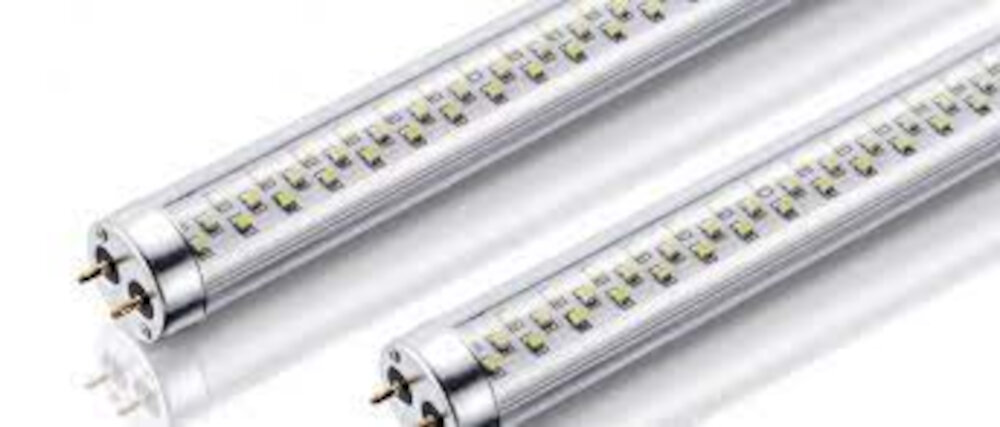
In conclusion, understanding the width of LED light strips is crucial for anyone looking to incorporate them into their lighting setup. From the varying widths available on the market to the benefits and drawbacks of each, this comprehensive guide has provided a wealth of information to help make an informed decision. By considering factors such as brightness, flexibility, and installation ease, selecting the right width LED light strip can greatly enhance the ambiance of any space. With this knowledge in mind, anyone can confidently add LED light strips to their lighting toolbox and elevate their lighting game to the next level.



